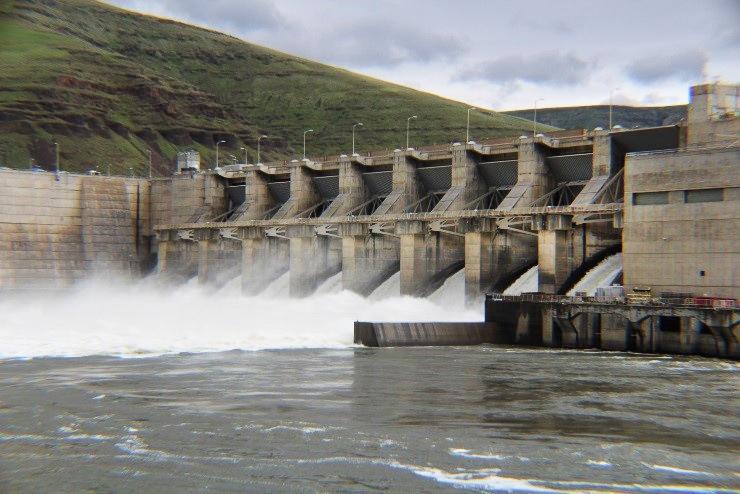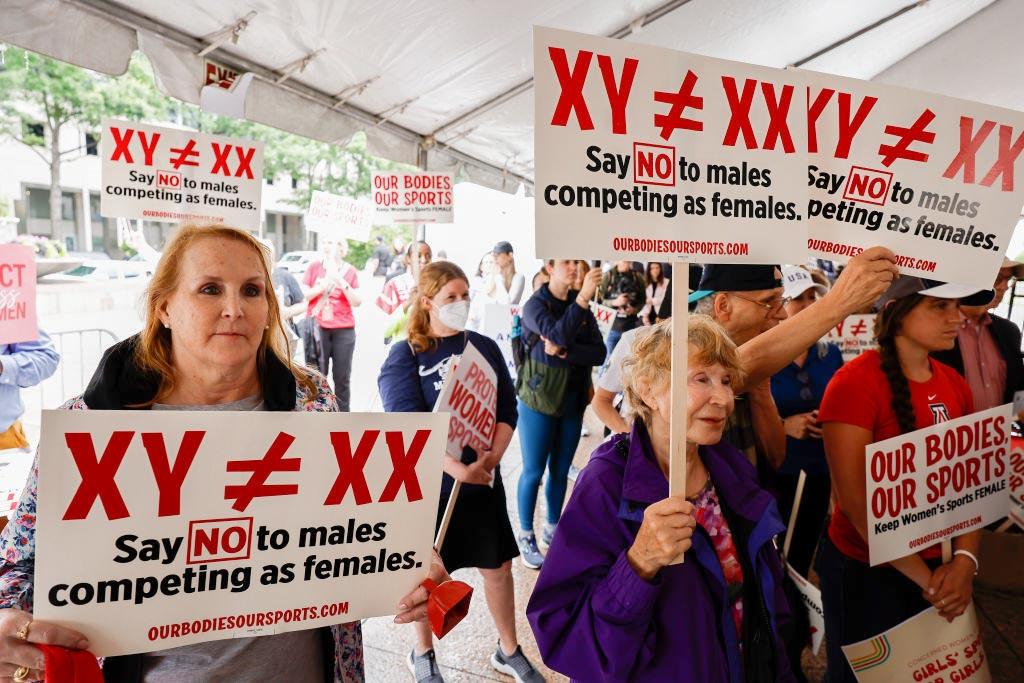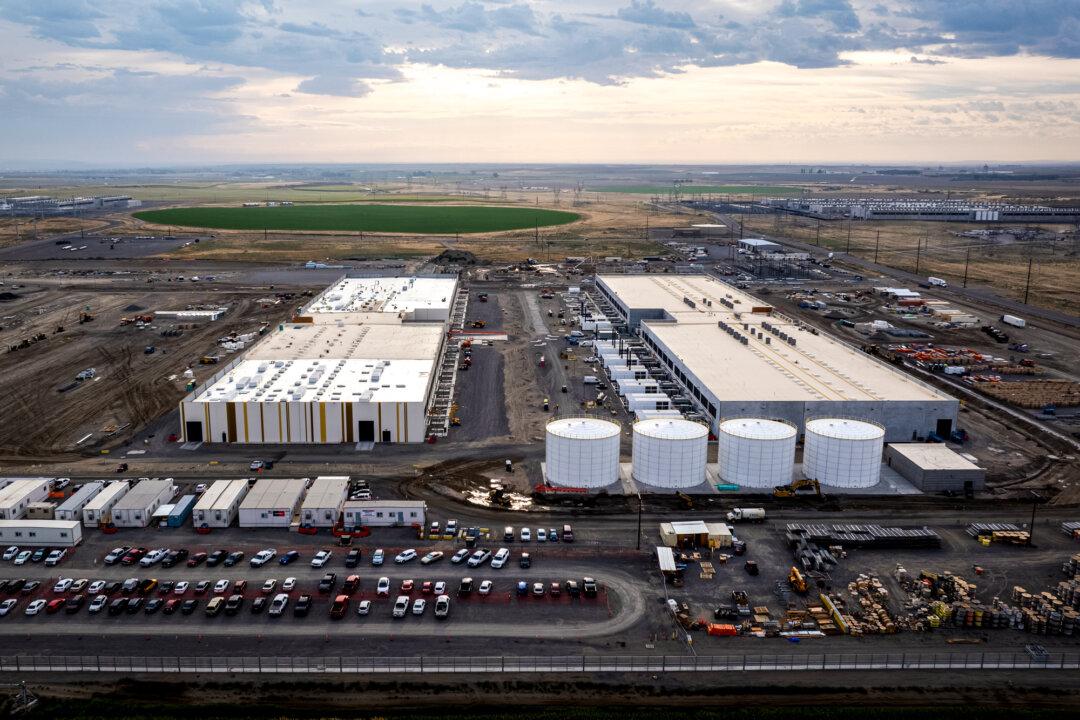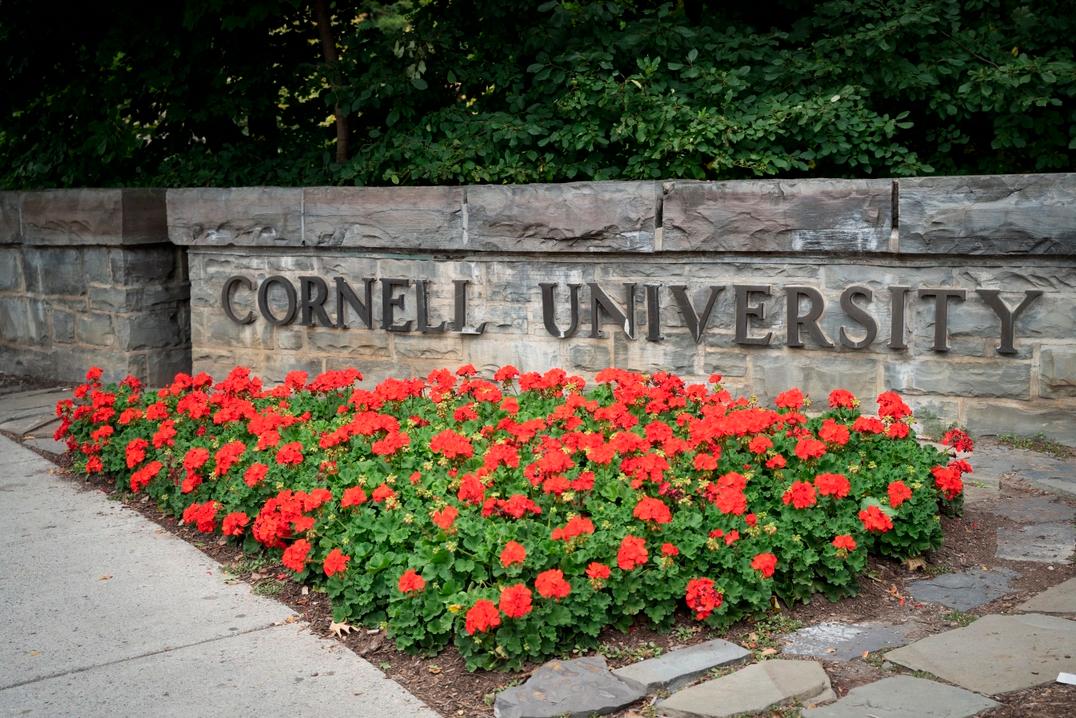As producers warn of depleted energy supplies and rising prices across the nation, the Northwest is embroiled in a long-running battle over the hydroelectric dams that provide 46 percent of the region’s clean, renewable energy.
Oregon utility companies are urging Gov. Kate Brown, a Democrat, to withdraw from “never-ending litigation surrounding salmon issues,” which they say would increase energy costs and could lead to rolling blackouts.





